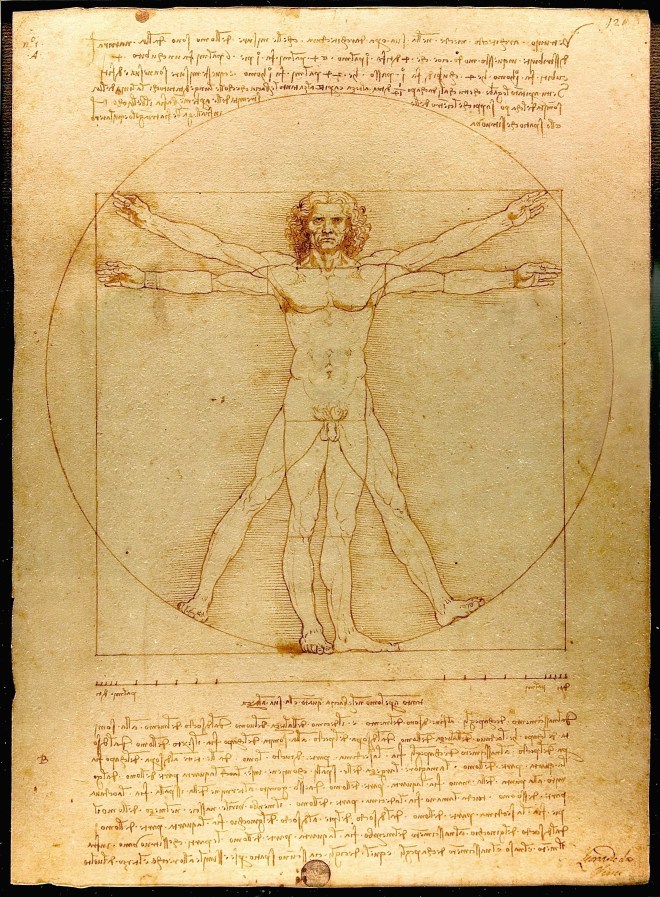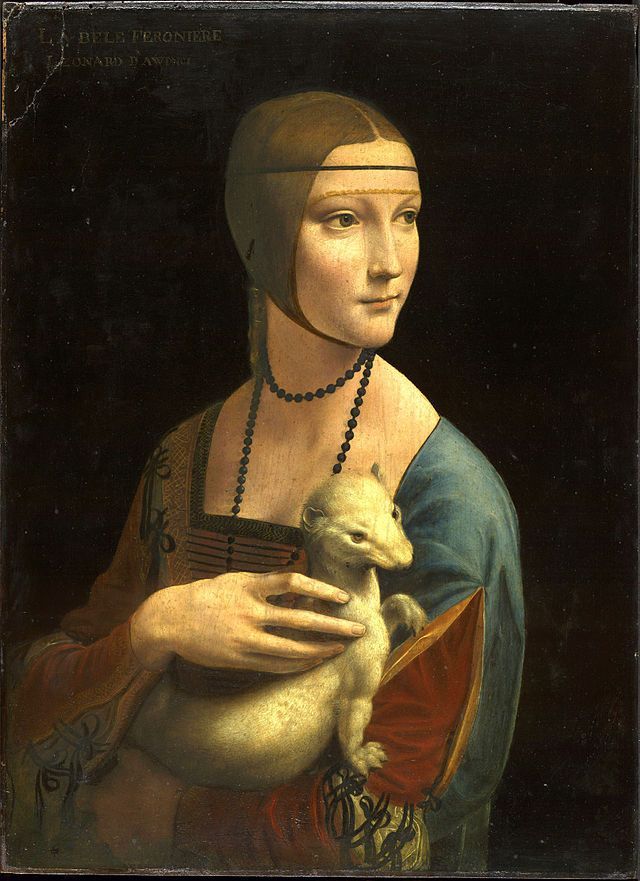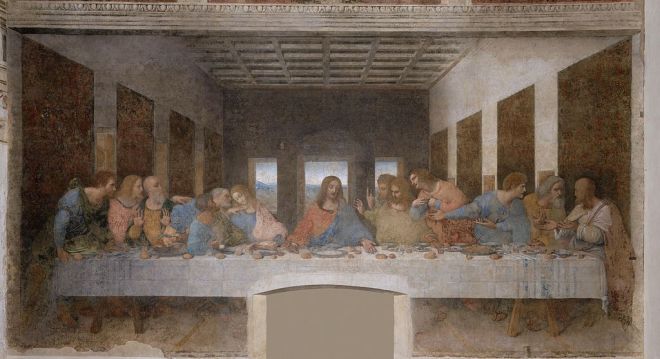In two minutes, I will tell you the story of a brilliant artist, one of the protagonists of the Renaissance, author of masterpieces such as the Mona Lisa and the Last Supper.
A great man of science and a wonderful artist, Leonardo da Vinci was a brilliant man, probably the greatest representative of the Italian Renaissance. He is the painter of the Mona Lisa, the most famous painting ever, and he is the creator of the famous “Last Supper” fresco, which you can admire in Milan.
For all these reasons, I will tell you the story of Leonardo da Vinci. I’ll do it in two minutes, listing the focal points of his life and his career as an artist.
BIOGRAPHY AND WORKS OF LEONARDO DA VINCI: SUMMARY IN TWO MINUTES (OF ART)

Who is Leonardo da Vinci?
1. Painter, sculptor, inventor, military engineer, set designer, thinker, man of science: Leonardo da Vinci (born in Anchiano, 1452 -died in Amboise, France, 1519) is considered one of the geniuses of humanity. Nobody other than him has managed to embody the impulses and passions that made the Renaissance great.
2. Leonardo da Vinci was left-handed. He wrote his notes upside down and from right to left. To read his writings correctly, it is necessary to see them reflected in a mirror.

The Workshop of Andrea Verrocchio
3. As a young man Leonardo da Vinci went to the workshop of Andrea Verrocchio, an important Florentine artist, who was also the master of Botticelli.
In fifteenth-century Italy, there were no schools for artists, so the boys who had talent in art were entrusted to older artists who taught them the trade, in exchange for help in the artists’ work.
The problems with the law
4. At the age of twenty-five, Leonardo’s promising career almost came to an end. In fact, in 1476 he was charged with sodomy, a very serious charge at the time. The complaint was withdrawn but the event left an indelible stain on the artist’s career.
5. Because of this, four years later Leonardo was excluded from the group of artists who in 1480, Lorenzo de ‘Medici sent to Pope Sixtus IV to fresco the Sistine Chapel and the papal rooms. Among the chosen artists were Michelangelo, Botticelli and Raphael.

6. Leonardo was fascinated by the functions of the human body. His studies allowed him to draw the human body with a realism unknown to his contemporaries. An example of this is the Vitruvian Man design. This work, which you can admire at the Gallerie dell’Accademia in Venice, ideally represents the harmonious proportions of the human body, inscribed in a perfect circle.
Balance, harmony, scientific accuracy: that’s why this work is a masterpiece. So much so that Italy has chosen it to appear on its one Euro coins.
Leonardo da Vinci was a vegetarian
7. According to some sources, it seems that Leonardo was a vegetarian for the love of animals. Some report that he bought caged birds at the market for the sole purpose of releasing them. He said: “Our bodies are increasingly the tombs of animals.”
The most famous paintings by Leonardo da Vinci
8. Leonardo’s most famous paintings are the Mona Lisa (1503-1504), the Virgin of the Rocks (1483-1485), the Lady with an Ermine (1489-1491) and the Last Supper (1490). You can admire this last work that is one of the masterpieces protected by UNESCO, in the former refectory of the convent of Santa Maria delle Grazie in Milan.

The Mona Lisa
9. The Mona Lisa (or La Gioconda), exhibited at the Louvre, it is probably the most famous painting in the world.
This portrait is important for at least three reasons: for the enigmatic smile of the Mona Lisa; for the pose of the model, absolutely original for the time; for the care taken with the landscape in the background, rendered with delicate and careful brush strokes.
Why is the Mona Lisa exhibited in France?
10. This masterpiece is found in France because it was Leonardo himself who brought it with him when he left Italy to move to Paris.
In 1911, however, an Italian, Vincenzo Peruggia, stole the painting to return it to Italy. Investigators took months to figure out who stole the picture and during the investigation many young artists who lived in Paris at the time were questioned. Among these there was also a young Picasso, who was taken to the police station to be interrogated.


6 thoughts on “Leonardo: life and paintings | summary in 10 points”